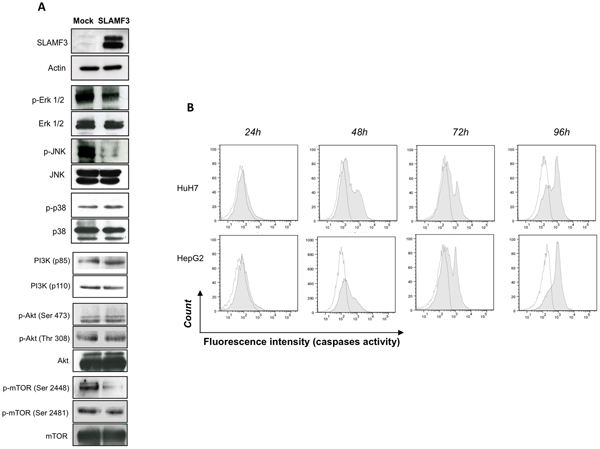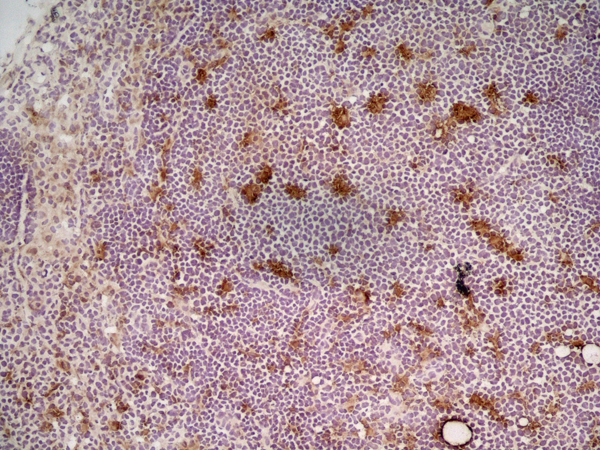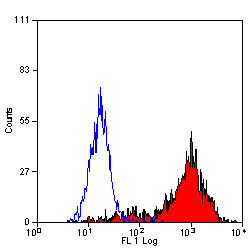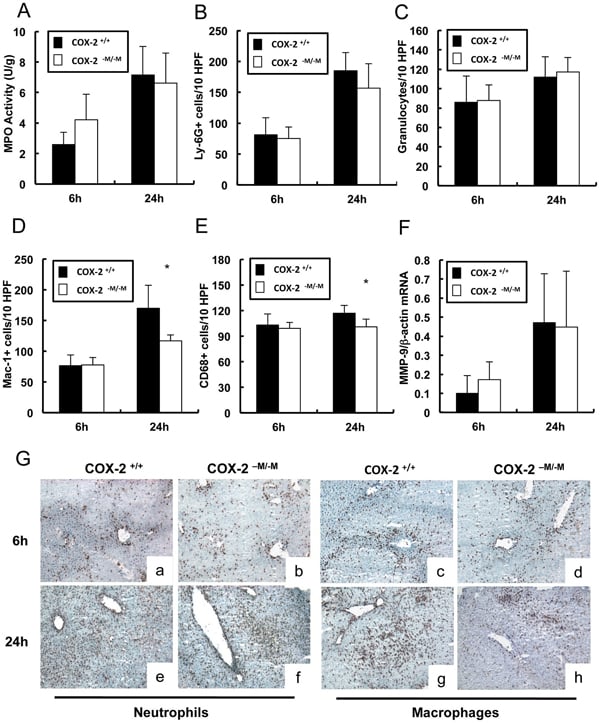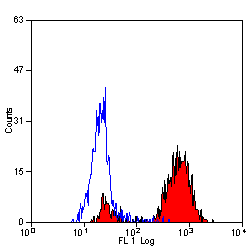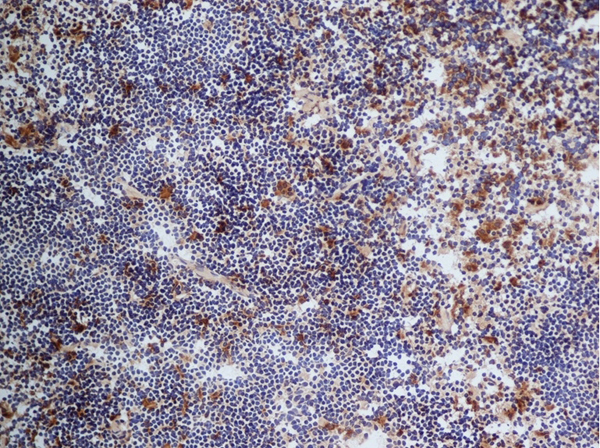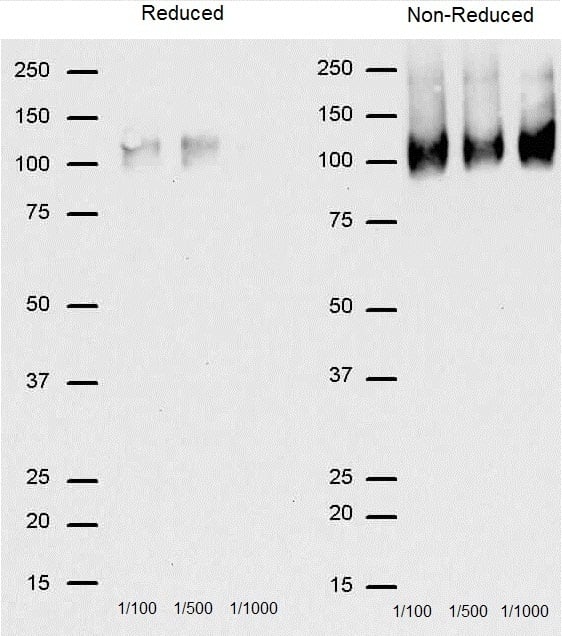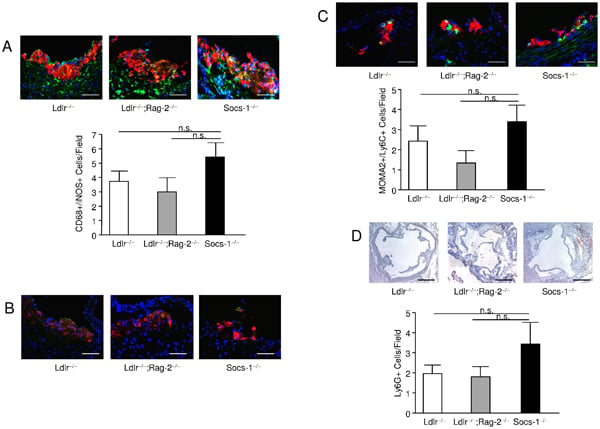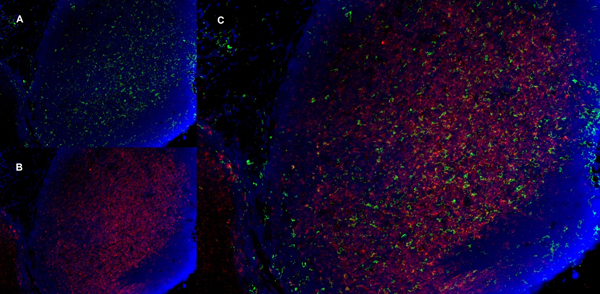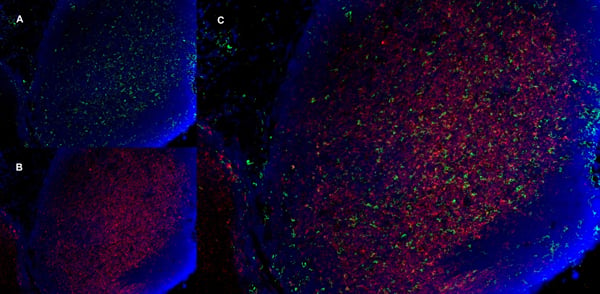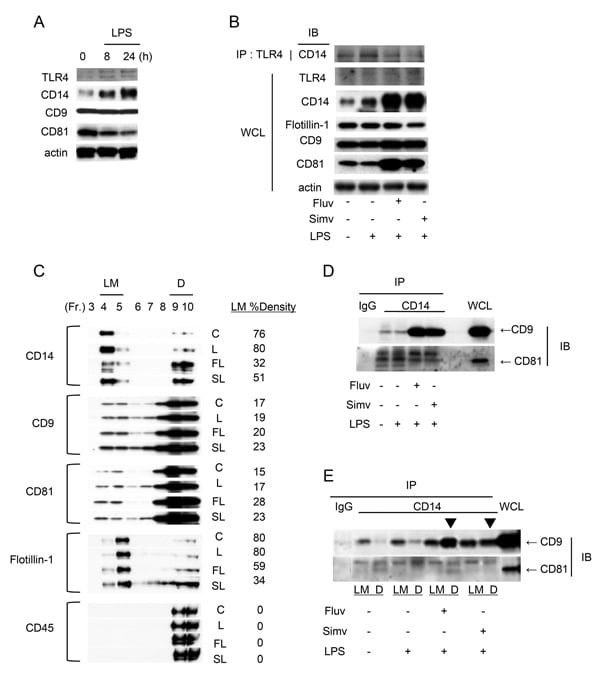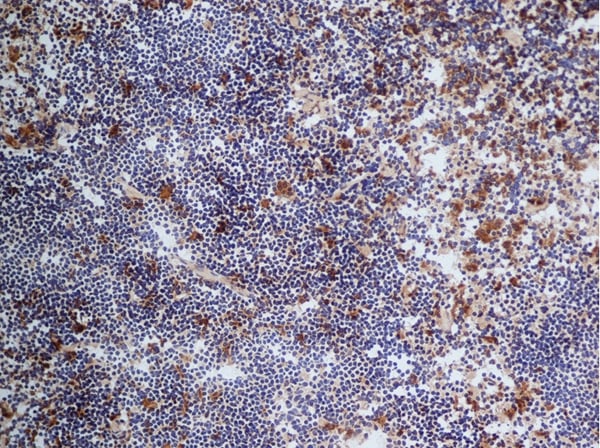Filters
Clonality
Type
Reactivity
Gene Name
Isotype
Host
Application
Clone
4368 results for "Cell Culture" - showing 4350-4368
CD49d, Monoclonal Antibody (Cat# AAA12003)
CD229, Monoclonal Antibody (Cat# AAA11951)
CD49d, Monoclonal Antibody (Cat# AAA12002)
CD335, Monoclonal Antibody (Cat# AAA12253)
CD68, Monoclonal Antibody (Cat# AAA12109)
CD68, Monoclonal Antibody (Cat# AAA12102)
CD68, Monoclonal Antibody (Cat# AAA12106)
CD68, Monoclonal Antibody (Cat# AAA12103)
CD68, Monoclonal Antibody (Cat# AAA12107)
Purified IgG - liquid











